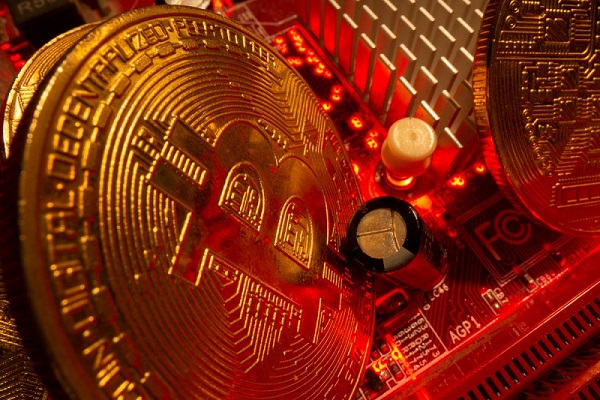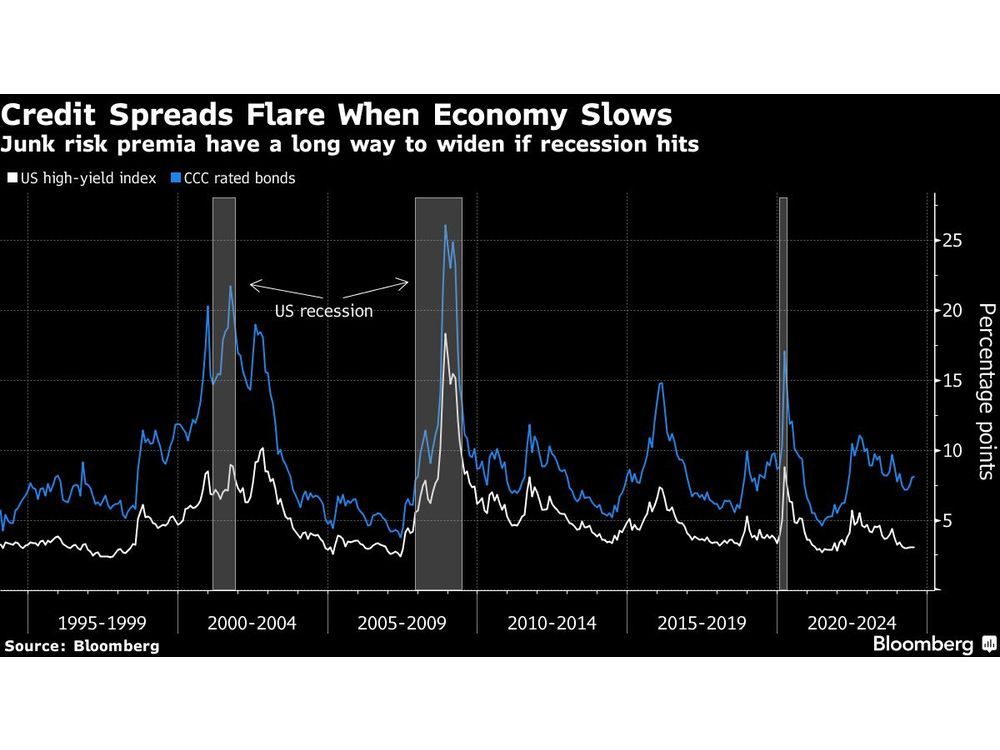Follow us on LinkedIn
The price of a bond is a crucial metric for investors to consider when making decisions about their investment. It represents the amount at which the bond gets bought or sold. However, it is not as straightforward to determine this price. Several factors play a role in establishing the bond price. One of these includes interest rates, interest payments, and accrued interest.
When purchasing bonds, companies may come across different prices. Each may represent aspects of the bond and its valuation. Two of these include the clean and dirty price. Before discussing the differences, it is crucial to understand what each is.
What is the Clean Price of a bond?
Bonds come with a face value (or par value), the amount the issuer repays for the bond at maturity. It also comes with a coupon rate, which represents the percentage of interest the holder receives on the face value. This interest accrues on the bond over time. The clean price of the bond is its value without the impact of the accrued interest.
The clean price of a bond is also its quoted price in the market. Market facts can impact this price, causing it to fluctuate over time. Usually, these factors include interest rates, economic conditions, and the issuer’s creditworthiness. The clean price is also the amount the buyer pays to purchase the underlying bond. The difference between this price and the face value is the accrued interest on the bond.
What is the Dirty Price of a bond?
The dirty price of a bond is the amount that factors in its accrued interest and its clean price. Usually, it includes the coupon that the instrument has accumulated since its last coupon payment date. The dirty price of the bond is relevant when it gets traded between interest payment dates. Since the bond gains coupon payments on those dates, the buyer must pay the dirty price of the bond.
The dirty price of the bond also represents its purchase price. However, it only applies when there is accrued interest on that bond. This price is lower than the bond’s clean price but still requires the latter for calculation. The formula for the dirty price of a bond is as follows.
Dirty price = Clean price + Accrued interest
Clean Price vs Dirty Price: What’s the difference?
The primary difference between the clean and dirty prices of a bond comes from accrued interest. As mentioned above, the former value does not consider this interest when determining the bond’s price. On the other hand, a dirty price requires a clean price and the interest accrued to evaluate the bond. The clean price represents the principal amount of the bond, while the dirty price is what investors pay for it.
Another difference between them also relates to the interest accrued. In the market, the clean price of the bond is the quoted price between investors and brokers. It is the value the bond receives at the next interest payment. On the other hand, the dirty price represents the bond’s current value in the market. It is the value of that bond between interest payment dates.
Conclusion
The price of a bond may differ based on various factors. One of these differentiations comes from whether it comes with accrued interest. If the price does not consider this interest, it is called the bond’s clean price. However, if the bond’s price includes the clean price and accrued interest, it is called the dirty price.
Further questions
What's your question? Ask it in the discussion forum
Have an answer to the questions below? Post it here or in the forum
Meta rolled back January 6-era restrictions on former President Donald Trump's social media accounts ahead of the Republican National Convention.



June saw 75 filings, up from 62 in May and above the pandemic-era peak of 74 in July 2020, according to S&P Global Market Intelligence.

Credit markets are breathing a sigh of relief after inflation data showed price pressures are cooling broadly, but a weakening economy poses fresh risks to corporate debt.